
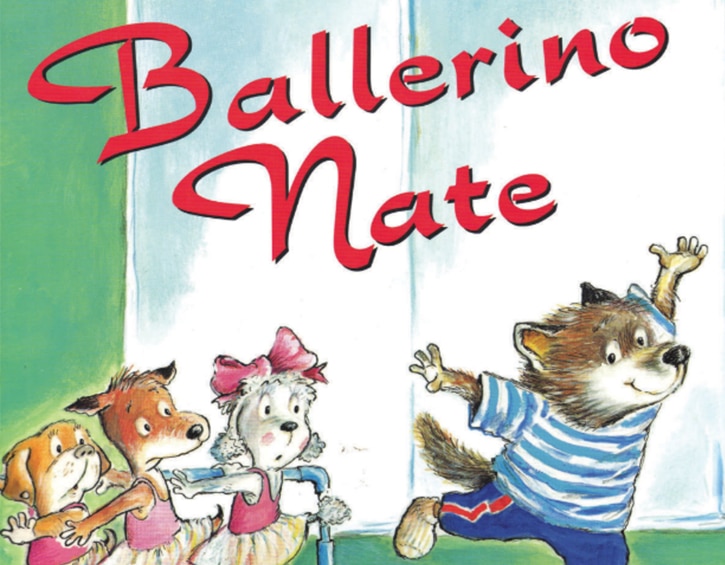
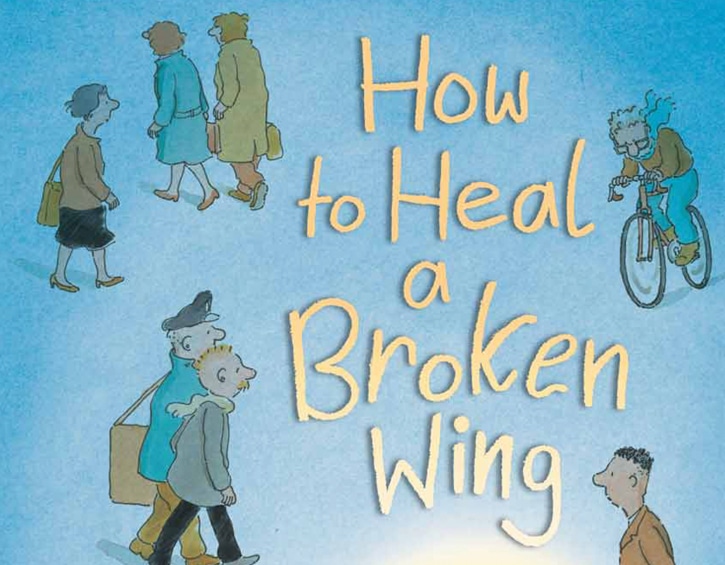
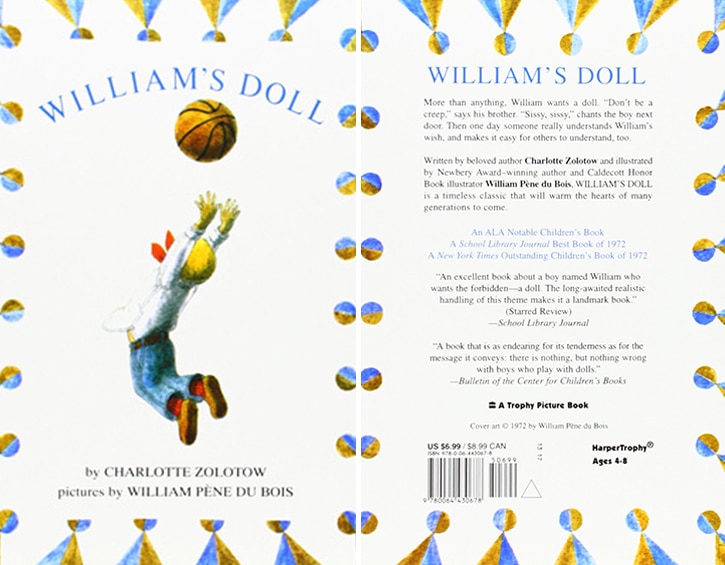
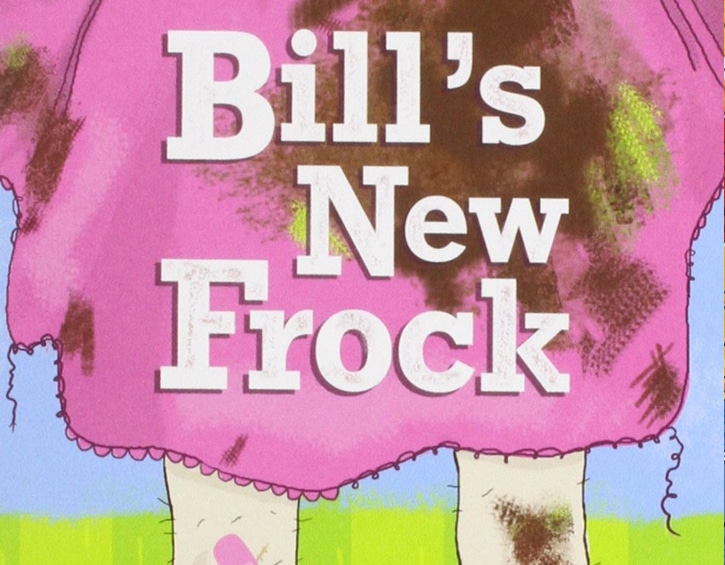
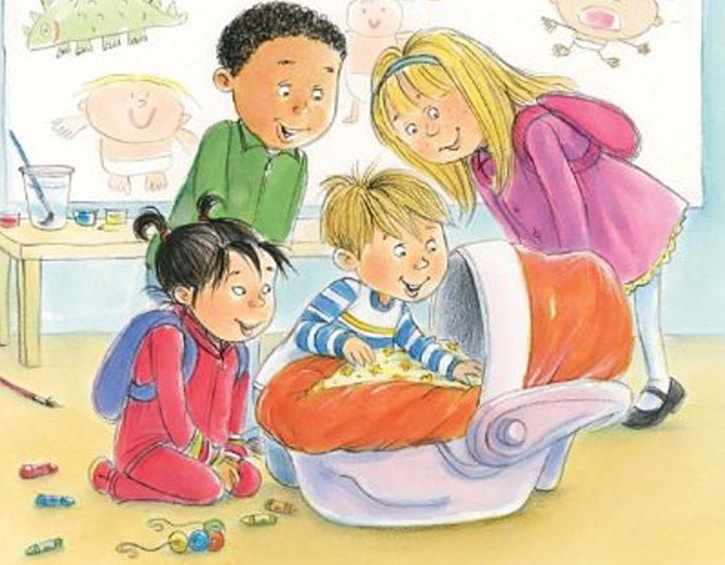
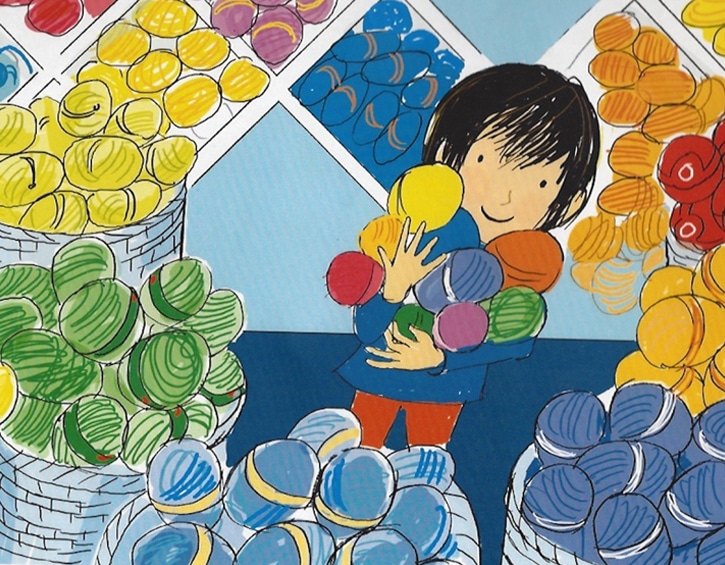
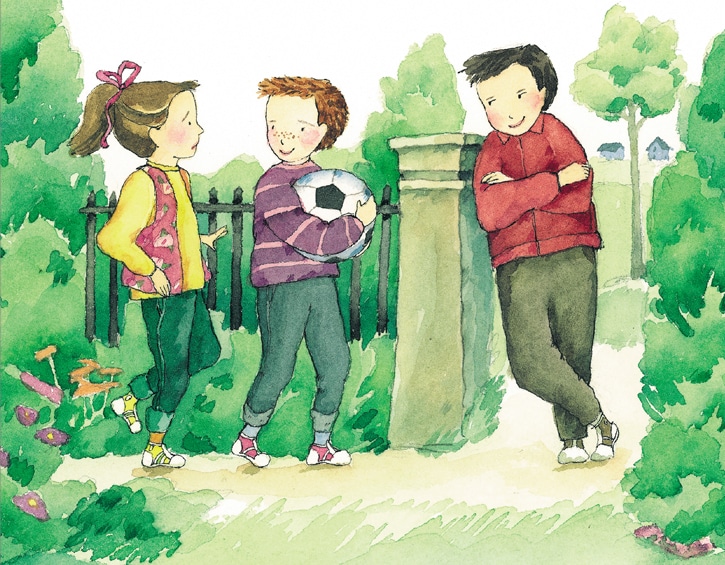
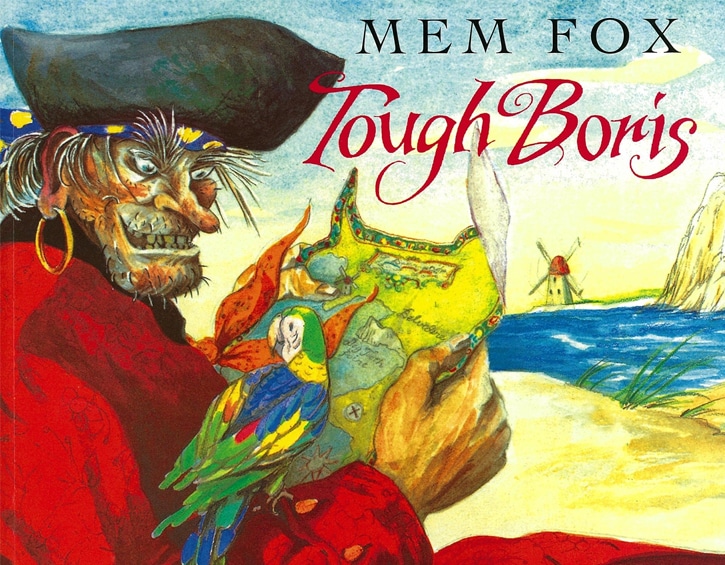
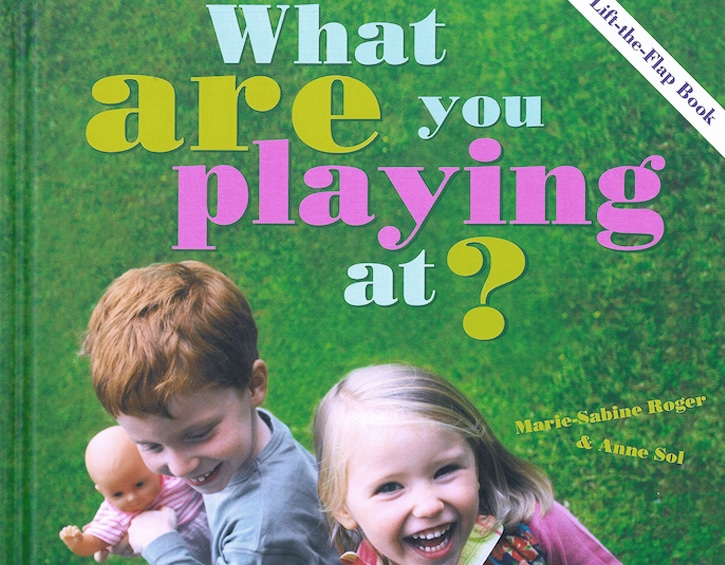
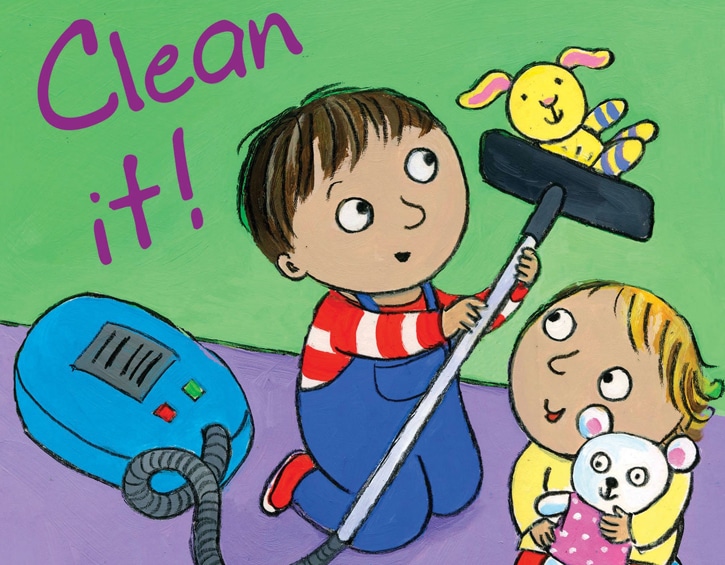
Books for boys that encourage their emotional sensitive side and challenge gender stereotypes
Why does our society promote little girls being princesses, prancing around in pink, and playing with dolls while boys are expected to be tough guys, wear blue and play with cars? The tendency to segregate choices and acceptable behaviour according to gender is a reality that we struggle with even as adults and this trickles down to our children. We are all for empowering girls to read books about sassy girls who don’t wait around for their prince but go out and seize the world in both hands for themselves. We want our kids both boys and girls to be strong, brave and have grit. But we also want to nurture the soft side of our boys too, to tell them it’s ok to be sensitive and emotional, gentle and above all kind.
After lots of searching, here’s our top 10 books that break harmful gender stereotypes and encourage young boys to be sensitive and authentic to who they really are!
Ballet has always been associated with girls in tutus, twirling gracefully, but little boy Nate loves the ballet and everything about it. The costumes, the graceful dance movements and gorgeous costumes. But when he decides to learn ballet, he realises that there are no other boys in the ballet class. Confused about the absence of boy ballerinas. His supportive parents take him to see a professional ballet performance where there are male dancers, who he learns are called a ballerino! This puts Nate at ease, and gives him the confidence to pursue his passion. This sweet book is a great example of a simple story conveying an important message of gender stereotyping that affects both boys and girls.
Another book where a boy is portrayed as sensitive and caring, and capable of nurturing, How to Heal a Broken Wing tells the story of Will who notices an injured bird lying on the ground. His mother is also moved by the bird’s condition and together they nurse it back to health. Like many of his other books, the beauty of the book is in its thoughtful details. The eyedropper for gentle ministrations, Will’s room filled with animal memorabilia and him saving a single feather as a good luck charm. An uplifting tale of hope and possibility this book is also a refreshing representation of young boys.
William, envies a girl in his neighbourhood and wants a doll just like hers. Unfortunately, his brother and friends mock him and his father buys him boy’s toys to change his mind but he really just wants a doll. Why is it forbidden to him? Published in 1972, William’s Doll was one of the earliest books to deal with gender stereotypes, and uses engaging, realistic storytelling to help parents and children understand that toys and childhoods should not be segregated by gender.
Popular children’s author Anne Fine writes the story of a little Bill Simpson who wakes up to find he’s a girl. To add to his discomfort, his mother makes him wear a frilly pink dress. But under the garb (pun unintended) of a boy in a frock, this book will open young eyes to how boys and girls are treated differently and how early gender stereotypes become a part of our day to day lives.
A sweet book that rather refreshingly uses a multi ethnic group of children and an African American teacher, tells the story of little Samuel who is about to have a little sibling. Samuel is worried about handling stinky diapers and sharing toys, but by giving his classmates a demonstration of diapering and cradling techniques helps him feel confident about being able to care for the baby. While on the surface this book addresses older sibling anxieties, it’s refreshing to see little boys expressing their nurturing instincts, and enjoying caring for an infant, both which traditionally have been a ‘woman’s job’.
A shy boy who doesn’t like noisy games and rough outdoor play, Raffi blossoms when he decides to knit a scarf for his dad’s birthday. Though he is teased for knitting which is considered ‘girly’, Raffi’s enthusiasm doesn’t waver. Raffi’s sewing and knitting skills rescue the school on pageant day when he decides to make the Prince’s cape. This book is just a year old, and has a rather telling rainbow coloured scarf on the cover which weaves a subtext of its own about acceptance and alternative choices. But even if you don’t read too much into the art, the story itself about a boy being brave enough to pursue his passion of a conventionally feminine pastime itself makes this a bookshelf must have.
This popular series of books by James Howe is designed to question and do away with gender stereotypes, and the rather troubling phrase of ‘boys will be boys’. Pinky is a boy who likes stuffed animals and his favourite colour is pink. His best friend and neighbour Rex is a girl who loves sports and is passionate about dinosaurs. But when a bully at school calls him a sissy for his choices, Pinky starts questioning his identity, and whether he really is less of a boy. Thanks to his neighbour Mrs. Morgan, this dilemma is sorted out pretty quickly and Pinky and Rex learn a very valuable lesson, that “It’s hard to be different, but it’s worse not to be yourself.
Who can be cooler and more adventurous than pirates? They are swashbuckling and burly and they brandish swords and steal treasure. But as a young boy who sneaks on to a pirate ship realises, they are not just that. He meets Boris von der Borch, who seems like a tough and fearless pirate, but when his pet parrot dies, Boris breaks down and cries. While the book has very minimalistic text, the illustrations paint a larger picture where characters shatter the stereotype of men being tough and not displaying tenderness or emotions.
This fun lift-the-flap book challenges ideas about what boys and girls should play with. Do boys play with dolls? Can girls build stuff? Put all your pre-conceived notions aside, and let playtime be the great equalizer we have all been looking for.
It’s never too early to involve your kids in household chores. Whether its cleaning up toys, sorting some vegetables, or loading a dishwasher, helping with real tasks from pretend play is an important developmental milestone for children. Clean it! Uses simple conversational text and colourful, lively instructions to demonstrate how encouraging children to help out develops a sense of responsibility and important life skills. But most importantly it shows both boys and girls helping with domestic chores and having fun while doing it together, a lesson that will hopefully result in less rigid gender roles and expectations as adults.
Lead image from Sylvan Learning
Clean it image via Amazon
Samuel’s Baby image via Amazon
William’s Doll image via Amazon
Ballerino Nate image via Good net
Tough Boris image via Penguin
How to Heal a Broken Wing image via Veg Books
Made by Raffi image via Craig Pomranz
Bill’s new frock image via Menak Art
What Are You Playing At image via TTS Group






 View All
View All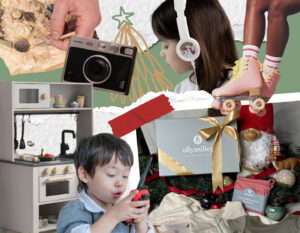





 View All
View All








 View All
View All





